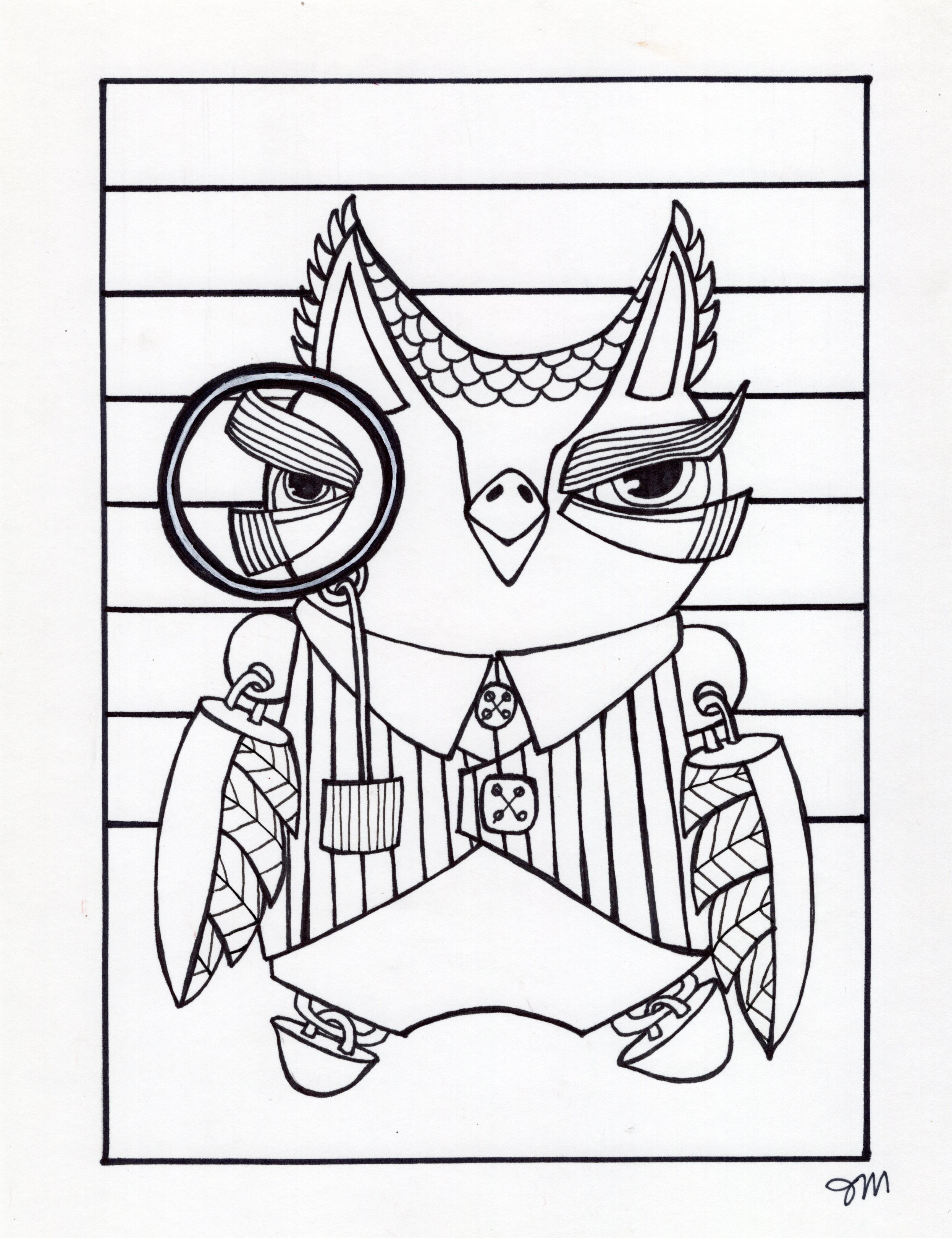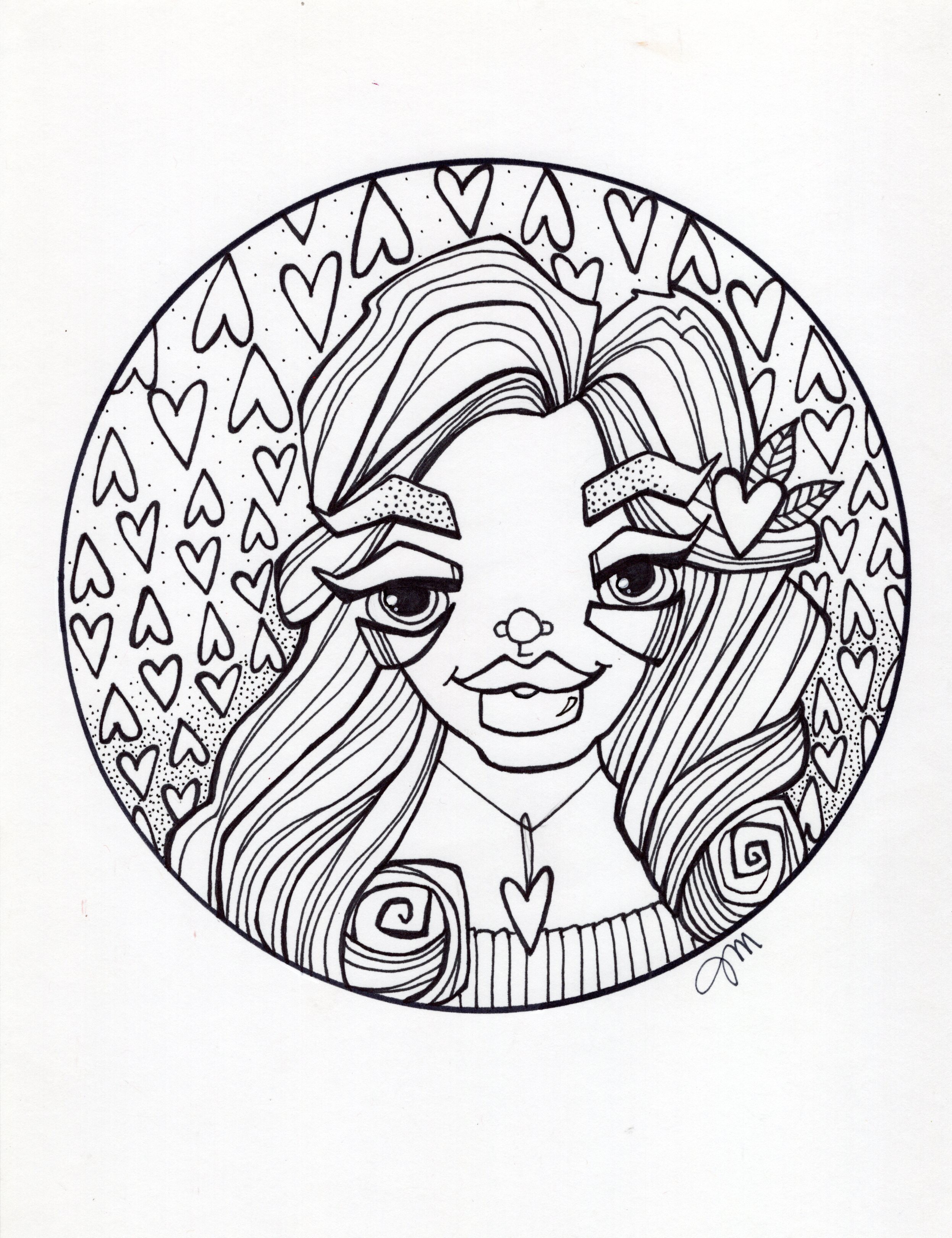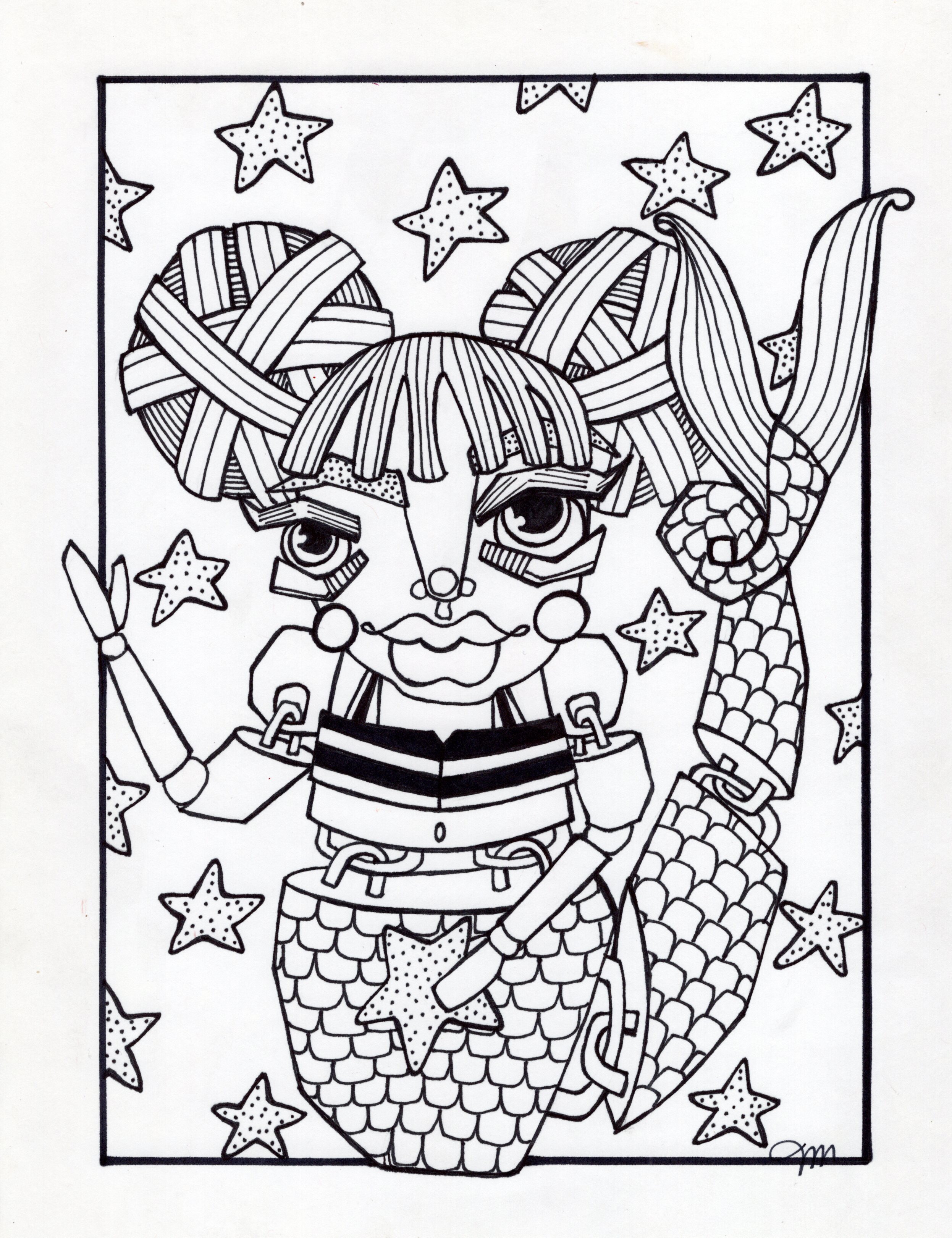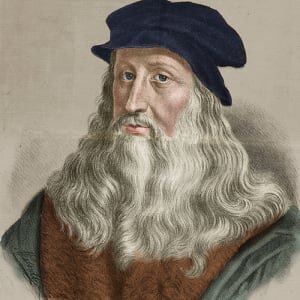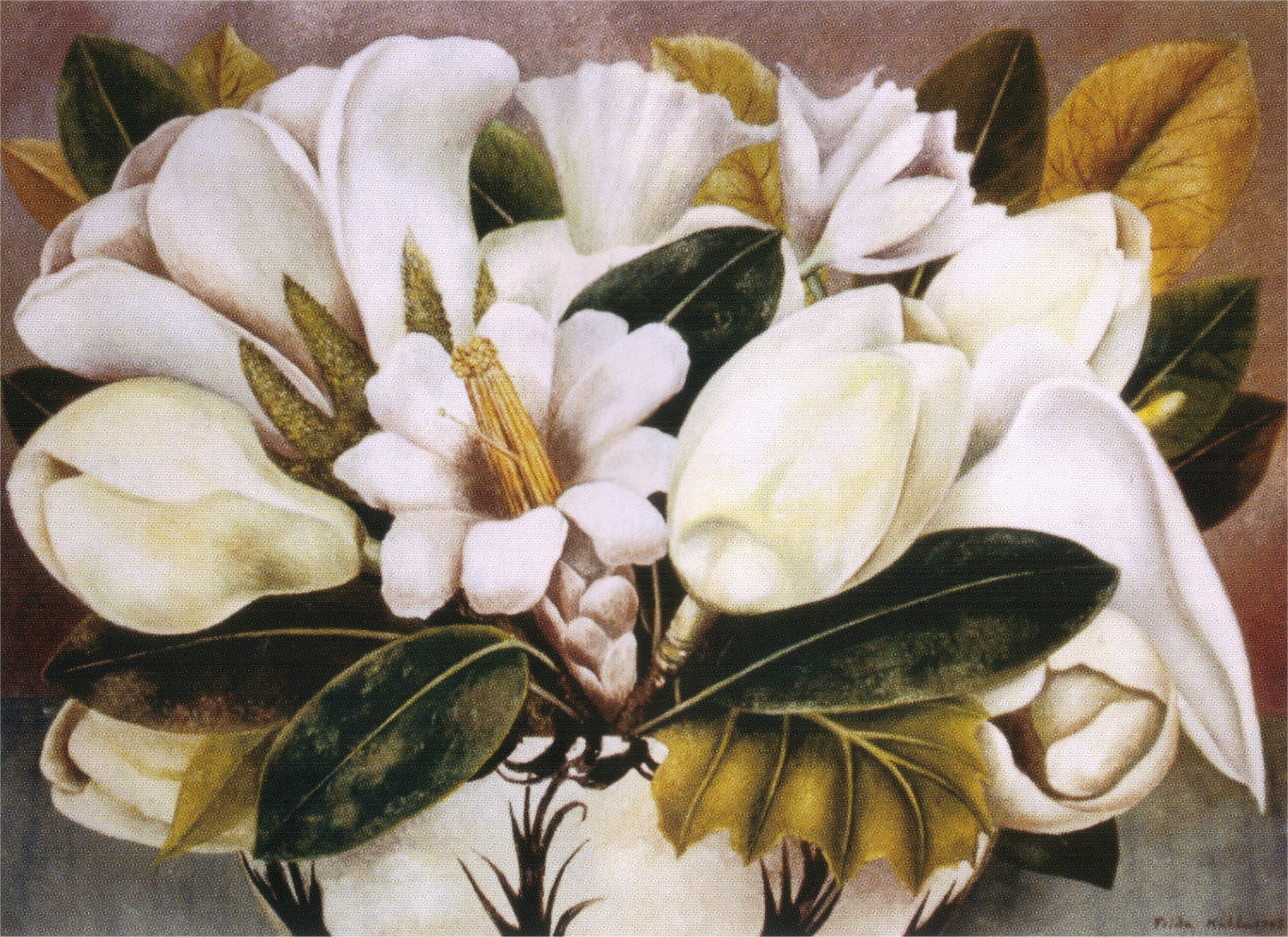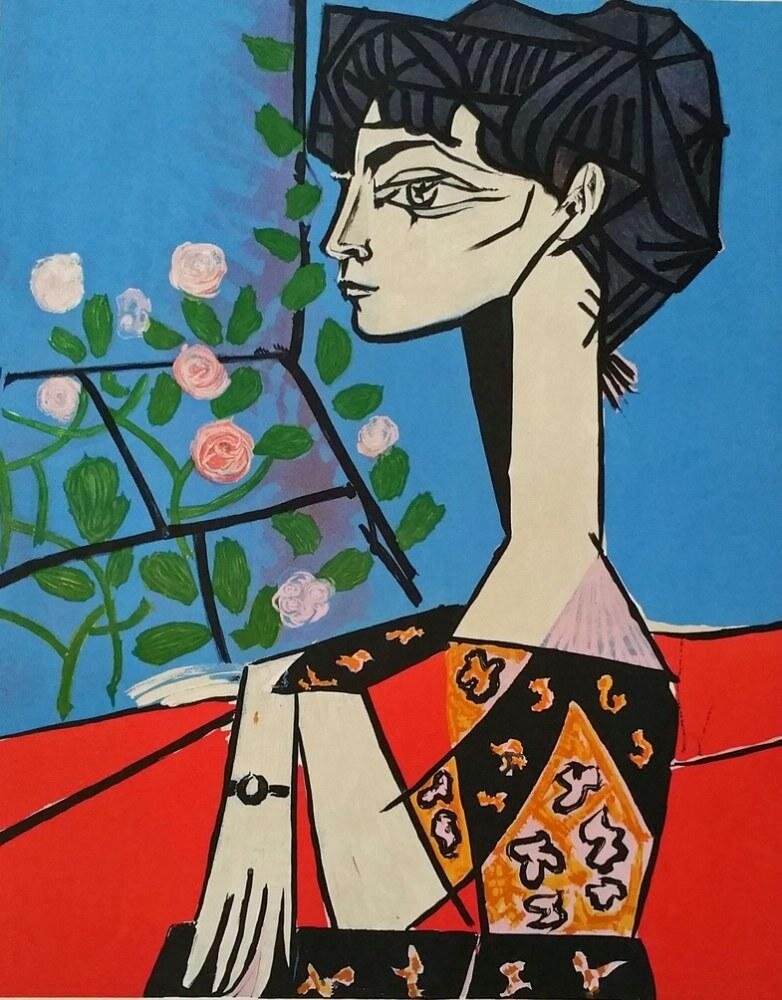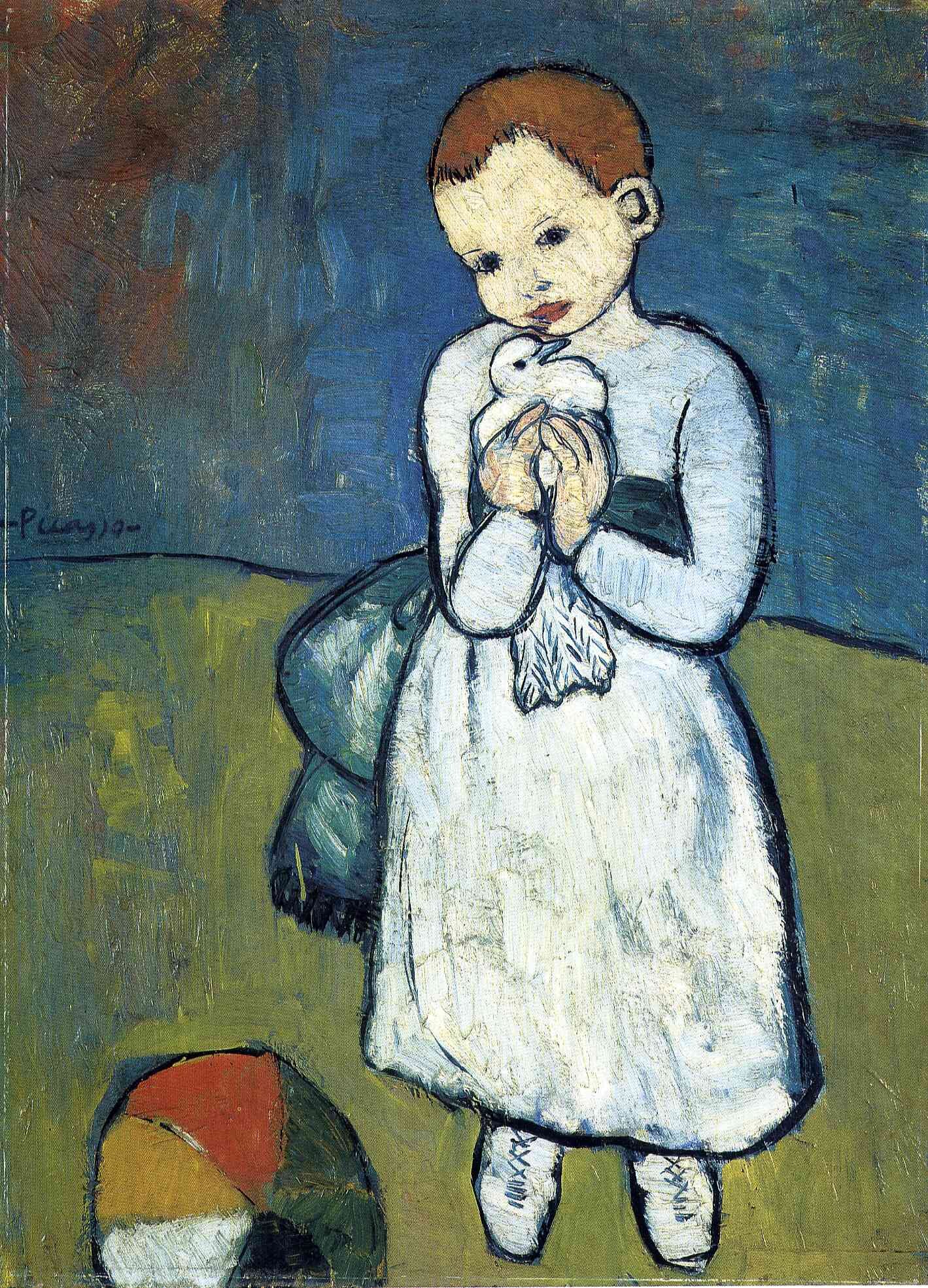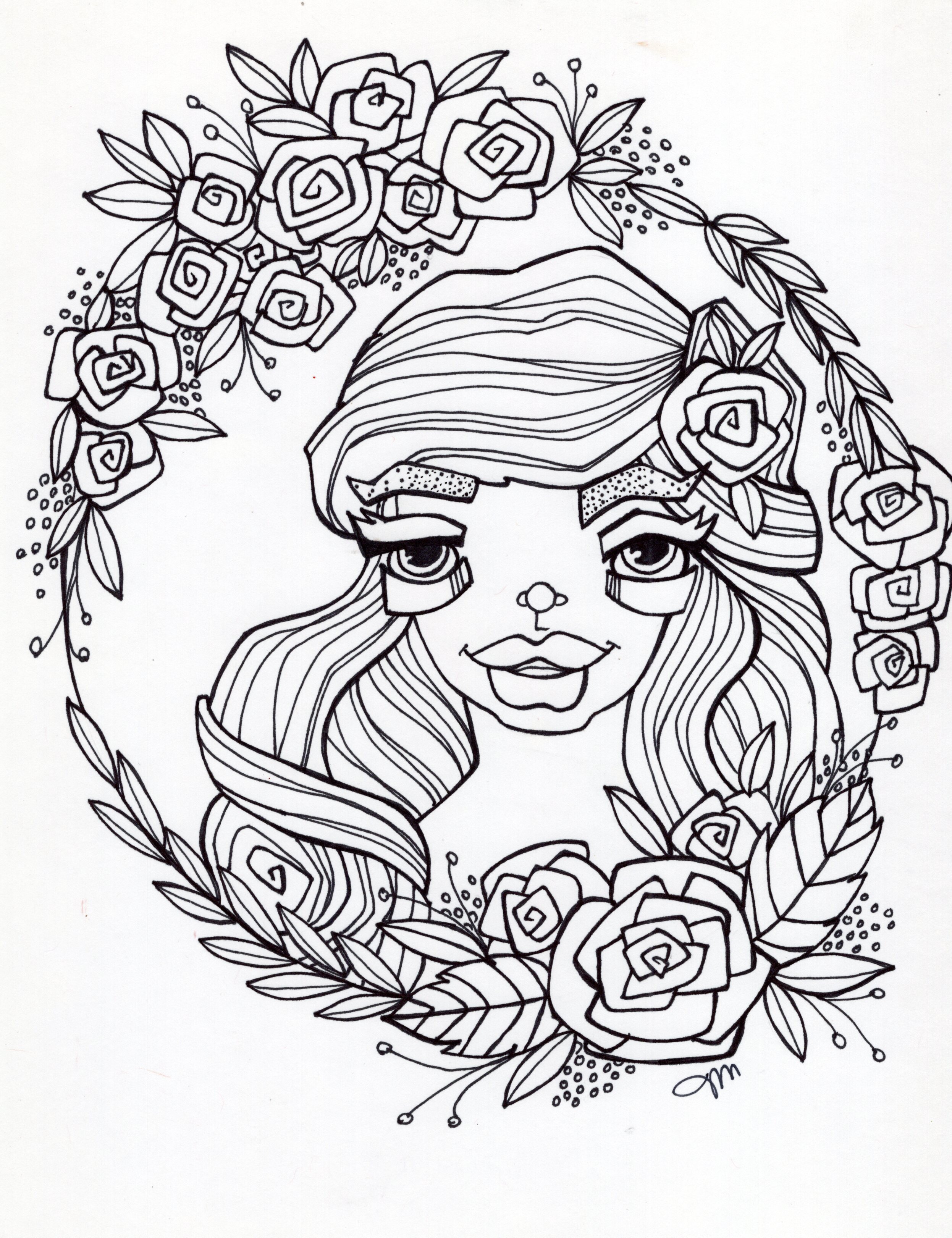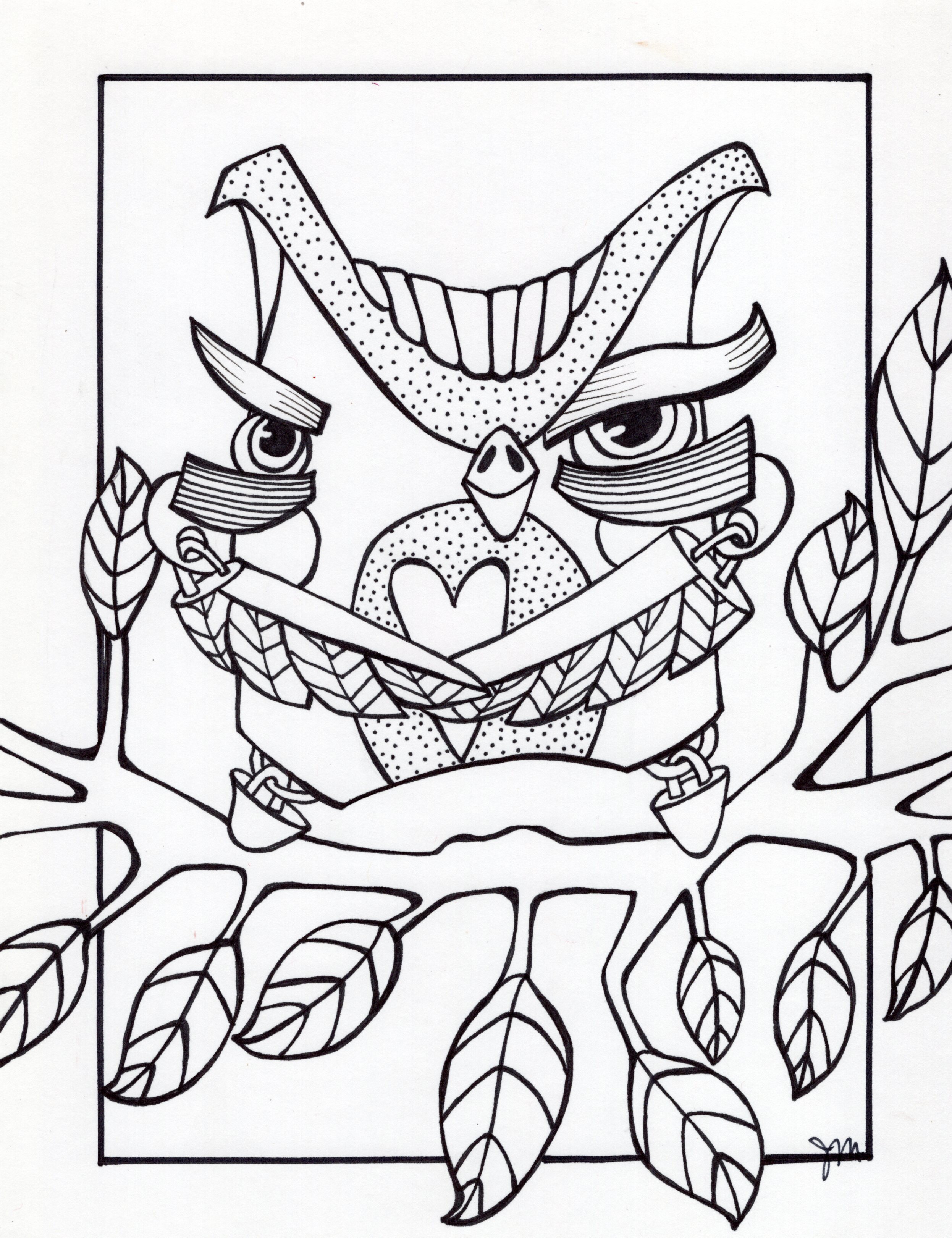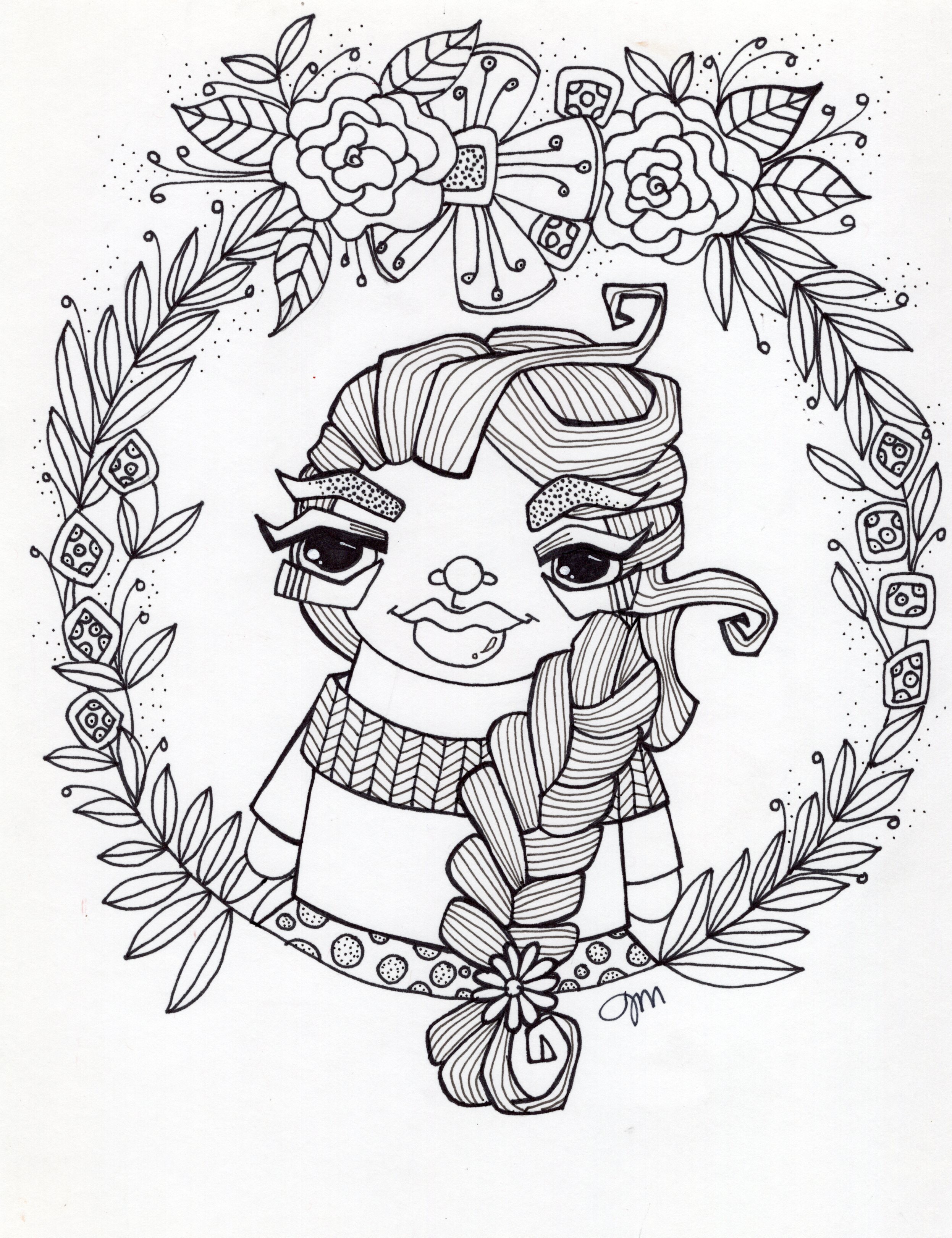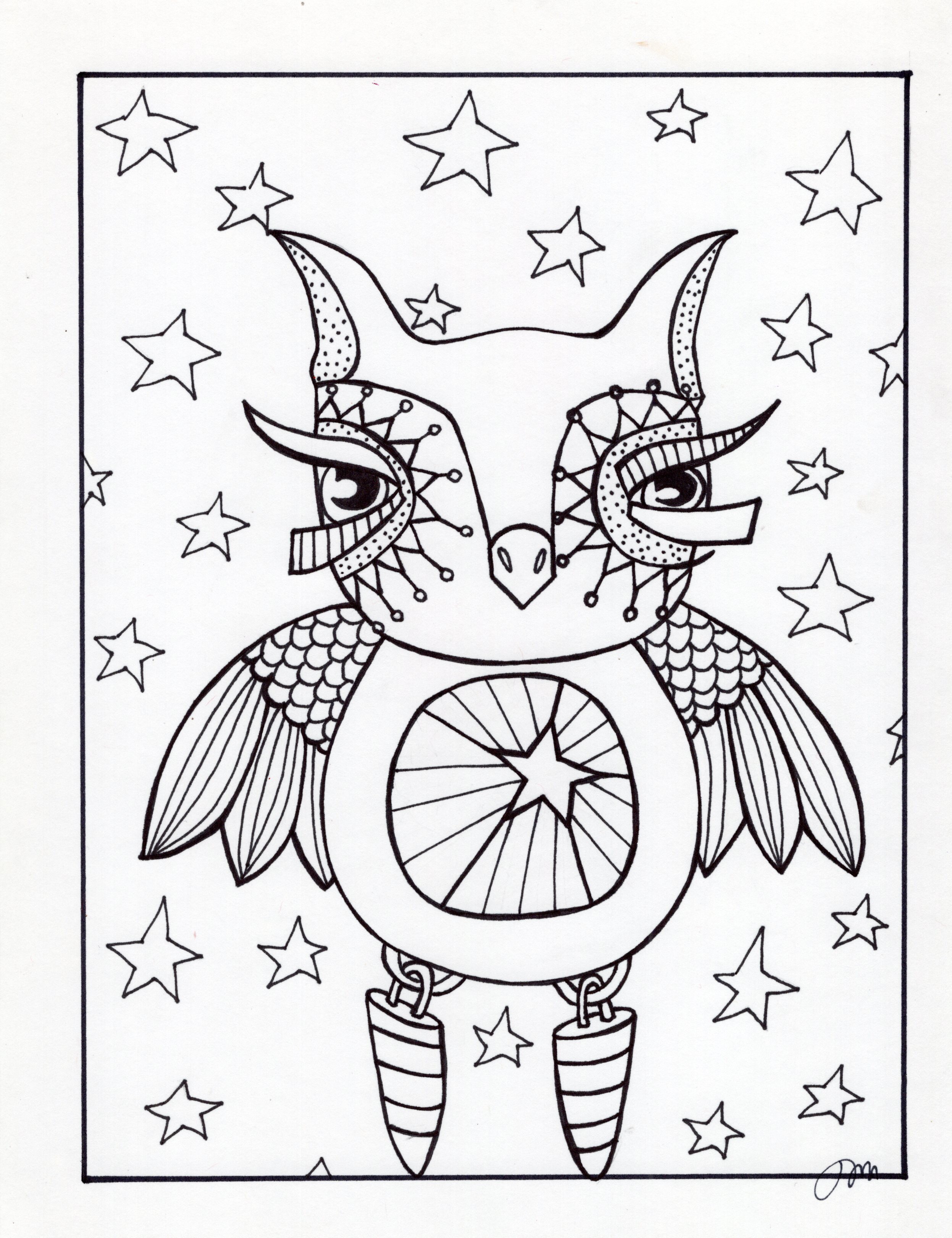#TryItTuesday: Jenny Manno Coloring Pages
Happy #TryItTuesday!
Every Tuesday we post fun coloring page(s) to color at home.
Step 1
Follow the prompt.
Step 2
Create a work of art.
Step 3
Share it with the masses!
Three Ways!
(1)Add your artwork to the comments below. (2)Email it to cordelia@arttrek.org. (3)Share it on Social Media and hashtag #ArtTrekatHome or tag us @ArtTrekInc.
We will be sharing the works of art each week on our blog and social media platforms!
Coloring Pages by Jenny Manno!
Below you will find three fun coloring pages by one of
our wonderful artists Jenny Manno!
Feel free to download, print each image & color them in!
Don't have a printer? Upload your coloring page here to digitally color it in or draw it at home in your own unique style.
#FreeFamilyFriday: Oaxacan Animals
Hello Everyone, Happy Friday!
We have a fun #FreeFamilyFriday prompt for you today!
Each Friday we will post a fun art project to complete at home.
Step 1
Follow the prompt.
Step 2
Create a work of art.
Step 3
Share it with the masses!
Three Ways!
(1)Add your artwork to the comments below. (2)Email it to cordelia@arttrek.org. (3)Share it on Social Media and hashtag #ArtTrekatHome or tag us @ArtTrekInc.
We will be sharing the works of art each week on our blog and social media platforms!
Scroll below to find today’s prompt
Oaxacan Animals
(see art samples and ideas below)
Supplies needed: 2 pieces of copy paper or cardstock (8.5 x 11), pencil, eraser, black sharpie, paints, crayons or markers.
Using pencil on warm-up paper, direct draw a few examples of animals from below.
Once you have completed your warm-up, they lightly sketch your animal on cardstock or copy paper with pencil.
Then you paint or color in your animal. For the older crowd, paint the body and each leg or arm a different color.
(If using paint) Next, use a dowel to add polka dots, designs, or flowers to your animal using bright colors.
(If using markers or crayons) Next, use a darker color to add polka dots, designs, or flowers to your animal.
Remember, Sign your artwork on the bottom right corner!
Have Fun!
We would love to see photos of you and your family creating your Oaxacan Animals!
8 Famous Artists You Should Know
Leonardo da Vinci
Leonardo da Vinci was born on April 15, 1452 and died on May 2, 1519. He was Italian.
Different to a typical surname you might think of today, "da Vinci" simply means "of Vinci", the Tuscan town where he was born.
Leonardo da Vinci wasn't just an incredible artist, he was an inventor, scientist, mathematician, engineer, writer, musician and much more.
2. Edgar Degas
Edgar Degas was a French artist born in Paris in 1834.
He was supposed to become a lawyer, but he preferred to doodle so he became an artist instead!
Although Degas is often described as an impressionist, he didn't really think he was one. He never painted 'en plein air', arguing that you need time in the studio to really perfect a painting.
Degas is perhaps best known for painting ballet dancers. He was fascinated by them, and wanted to capture their grace and power. He often painted them backstage, getting ready for a performance.
The Ballet Class c. 1871-74 by Edgar Degas
Little Dancer of Fourteen Years c. 1880 by Edgar Degas
3. Frida Kahlo
Born Magdalena Carmen Frida Kahlo y Calderón (6 July 1907 – 13 July 1954), known as Frida Kahlo.
She was influenced by native Mexican culture, shown in bright colors, with a mixture of realism and symbolism.
She was married to Diego Rivera, also a well-known painter.
She studied medicine and was going to become a doctor before she started painting.
The Frame (painting) by Frida Kahlo
Magnolias, 1945 by Frida Kahlo
4. Wassily Kandinsky
Wassily Kandinsky (16 Dec. 1866 – 13 Dec. 1944) was a Russian painter, printmaker and art theorist.
He was a major figure in modern art and painted some of the first modern abstract works.
He was interested in geometry in art and philosophy. The creative aspect of the form is expressed by a descending series of circles, triangles and squares.
In Germany he taught at the Bauhaus school of art and architecture from 1922 until it closed in 1933.
Circles in a Circle by Wassily Kandinsky (1923)
Composition VII by Wassily Kandinsky (1913)
5. Amedeo Modigliani
Amedeo Clemente Modigliani (July 12, 1884 - January 24, 1920) was an Italian painter and sculptor.
He was beset by health problems after an attack of typhoid at the age of 14 followed by tuberculosis two years later.
Modigliani developed his own unique style, an oddity of a creative genius who was a contemporary of the Cubists, but not a part of their movement.
He is noted for his fast work, usually finishing a portrait in one or two sittings.
Portrait of Paulette Jourdain by Amedeo Modigliani
Boy in a Striped Sweater by Amedeo Modigliani
6. Claude Monet
Claude Monet (14 November 1840 – 5 December 1926) was a French impressionist artist.
His father wanted him to help run the family's grocery business. However, Monet wanted to be an artist.
One of his most famous paintings was called Water Lilies, which he repeated many times in various conditions.
Monet used broad brush strokes to build up his pictures, and painted quite quickly to try and get the idea of the light he could see into his paintings.
Waterlilies, painted by Monet in his garden at Giverny in 1899
Woman with a Parasol - Madame Monet and Her Son by Claude Monet
7. Georgia O’Keeffe
Born in 1887, Georgia O'Keeffe was an American artist who painted nature in a way that showed how it made her feel.
Georgia knew from the age of 12 that she wanted to be an artist.
She is best known for her paintings of flowers and desert landscapes.
She played an important part in the development of modern art in America, becoming the first female painter to gain respect in New York's art world in the 1920s.
Hibiscus with Plumeria by Georgia O’Keeffe
Music Pink and Blue by Georgia O’Keeffe
8. Pablo Picasso
Pablo Ruiz Picasso (25 October 1881 in Málaga, Spain – 8 April 1973) was a Spanish painter and sculptor.
He is considered one of the greatest artists of the 20th century. He is best known as the co-founder of cubism.
Picasso could draw and paint when he was very young. His first word was lápiz, the Spanish word for "pencil".
Jacqueline, 1961 by Pablo Picasso
Child with a Dove, 1901 by Pablo Picasso
#WednesdayWriters: How did the artist use balance in this painting?
#WednesdayWriters
How did the artist use balance in this painting?
Leave your answer/story in the comments below or email them to cordelia@arttrek.org - Please include first name and location or grade (if you're a student).
Red Hills With Flowers
by Georgia O'Keeffe (1937)
What Does Georgia O'Keeffe's Art Look Like? | Tate Kids
#TryItTuesday: Jenny Manno Coloring Pages
Happy #TryItTuesday!
Every Tuesday we post fun coloring page(s) to color at home.
Step 1
Follow the prompt.
Step 2
Create a work of art.
Step 3
Share it with the masses!
Three Ways!
(1)Add your artwork to the comments below. (2)Email it to cordelia@arttrek.org. (3)Share it on Social Media and hashtag #ArtTrekatHome or tag us @ArtTrekInc.
We will be sharing the works of art each week on our blog and social media platforms!
Coloring Pages by Jenny Manno!
Below you will find three whimsical coloring pages by one of
our wonderful artists Jenny Manno!
Feel free to download, print each image & color them in!
Don't have a printer? Upload your coloring page here to digitally color it in or draw it at home in your own unique style.
#FreeFamilyFriday: Techno-Stack
Hello Everyone, Happy Friday!
We have a fun #FreeFamilyFriday prompt for you today!
Each Friday we will post a fun art project to complete at home.
Step 1
Follow the prompt.
Step 2
Create a work of art.
Step 3
Share it with the masses!
Three Ways!
(1)Add your artwork to the comments below. (2)Email it to cordelia@arttrek.org. (3)Share it on Social Media and hashtag #ArtTrekatHome or tag us @ArtTrekInc.
We will be sharing the works of art each week on our blog and social media platforms!
Scroll below to find today’s prompt
Techno-Stack
(see art samples and ideas below)
Supplies needed: 1 long sheet of copy paper or cardstock (5 1/2” x 17”), pencil, eraser, black sharpie, crayons or markers.
Look at technology items below and choose 3 to 5 items to sketch. Consider the length of the paper and how to divide the space to use it well.
Sketch lightly with pencil.
Connect the items with a curly cord or curvy string!
4. Trace over all lines with Sharpie.
5. Color and have a giggle!
P.S. Remember, Sign your artwork!
Have Fun!
We would love to see photos of you and your family creating your Techno-Stack!
Simple Stack
Complex Stack
#WednesdayWriters: How would you describe this art to a person who hasn’t seen it?
#WednesdayWriters
How would you describe this art to a person who hasn’t seen it?
Leave your answer/story in the comments below or email them to cordelia@arttrek.org - Please include first name and location or grade (if you're a student).
Field of Light
(art installation in Paso Robles, CA)
by Bruce Munro
#TryItTuesday: Jenny Manno Coloring Pages
Happy #TryItTuesday!
Every Tuesday we post fun coloring page(s) to color at home.
Step 1
Follow the prompt.
Step 2
Create a work of art.
Step 3
Share it with the masses!
Three Ways!
(1)Add your artwork to the comments below. (2)Email it to cordelia@arttrek.org. (3)Share it on Social Media and hashtag #ArtTrekatHome or tag us @ArtTrekInc.
We will be sharing the works of art each week on our blog and social media platforms!
Coloring Pages by Jenny Manno!
Below you will find three cozy coloring pages by one of
our wonderful artists Jenny Manno!
Feel free to download, print each image & color them in!
Don't have a printer? Upload your coloring page here to digitally color it in or draw it at home in your own unique style.
#FreeFamilyFriday: Beetle Mania
Hello Everyone, Happy Friday!
We have a fun #FreeFamilyFriday prompt for you today!
Each Friday we will post a fun art project to complete at home.
Step 1
Follow the prompt.
Step 2
Create a work of art.
Step 3
Share it with the masses!
Three Ways!
(1)Add your artwork to the comments below. (2)Email it to cordelia@arttrek.org. (3)Share it on Social Media and hashtag #ArtTrekatHome or tag us @ArtTrekInc.
We will be sharing the works of art each week on our blog and social media platforms!
Scroll below to find today’s prompt
Beetle Mania
(see art samples and ideas below)
Supplies needed: 1 sheet of copy paper or watercolor paper, pencil, eraser, water cup, paint brush, paper towel, and medium of your choice: acrylic paint, watercolor palette, markers, crayons, etc.
Find a beetle you would like to draw by using the pages below, in nature or online. Once decided, use your pencil to lightly sketch out the beetle on your piece of paper. Remember to draw the beetle large to fill the page.
Once your drawing is complete, use your medium of choice to color in your beetle. Use colors from nature or jump into your imagination and try something new!
When you begin to paint or color, remember to start with the largest areas first. Then add details and highlights to watch your beetle come alive!
P.S. Remember, Sign your artwork…in a hidden place.
Have Fun!
We would love to see photos of you and your family creating your Beetle Mania!
Simple
More Advanced
Ideas: background details
Ideas: background details
beetle drawing ideas


